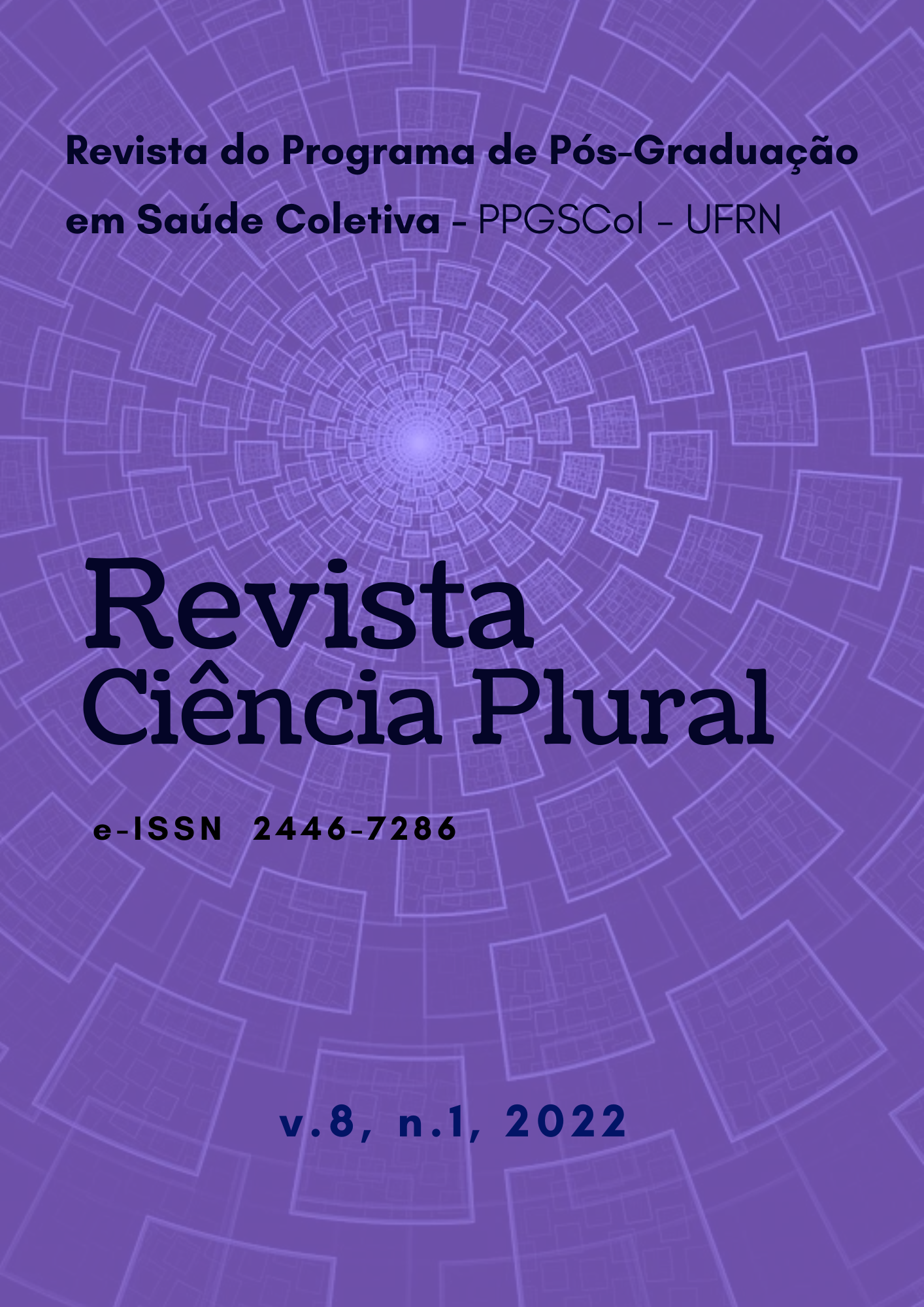Consumption of processed and ultraprocessed by pregnant pregnant women in basic care in Tocantins
DOI:
https://doi.org/10.21680/2446-7286.2022v8n1ID25587Abstract
Introduction: the frequent consumption of industrialized, ready-to-eat foods is considered a bad eating habit at all stages of the life cycle and can be especially harmful to the most vulnerable population groups, such as pregnant women. However, they are highly palatable and practical preparations that, even contraindicated, continue to represent an important part of the Brazilian menu. Objective: to characterize food consumption according to the degree of processing, by adult pregnant women attended in primary care in Palmas-TO. Methodology: the study investigated 60 women in four of the seven health territories in Palmas, through a recall that investigated food consumption in the 24 hours prior to the interview. The consumption of energy, macronutrients, iron, cobalamin and folic acid total and by food group were estimated by Dietbox, as categorized into four groups: Group 1: fresh or minimally processed foods; Group 2: Processed culinary ingredients; Group 3: Processed foods; Group 4: Ultra-processed foods. Data were analyzed using the Statistical Package for Social Sciences version 23.0 (SPSS) using descriptive statistics. Results: it was observed for the group of pregnant women studied that the intake of micronutrients, for the most part, came from fresh or minimally processed foods, reinforcing the importance of ingesting these types of foods for a healthy diet, especially during pregnancy. However, it was observed that processed and ultra-processed foods (canned vegetables, some breads, instant noodles, stuffed biscuits, margarine, chocolate drinks, soft drinks and sausages) still figure significantly in the diets of the pregnant women studied, providing an average of 28% of the daily energy consumed, 83.2% of daily carbohydrates, 22% of total lipids and 15.25% of proteins. Conclusion: processed and ultra-processed products still figure in the pregnant women's diet, providing significant percentages of energy and carbohydrates ingested, but not offering reasonable amounts of iron, cobalamin or folic acid.
Downloads
Downloads
Published
How to Cite
Issue
Section
License
À Revista Ciência Plural ficam reservados os direitos autorais referente a todos os artigos publicados.

 Português (Brasil)
Português (Brasil) English
English Español (España)
Español (España)













